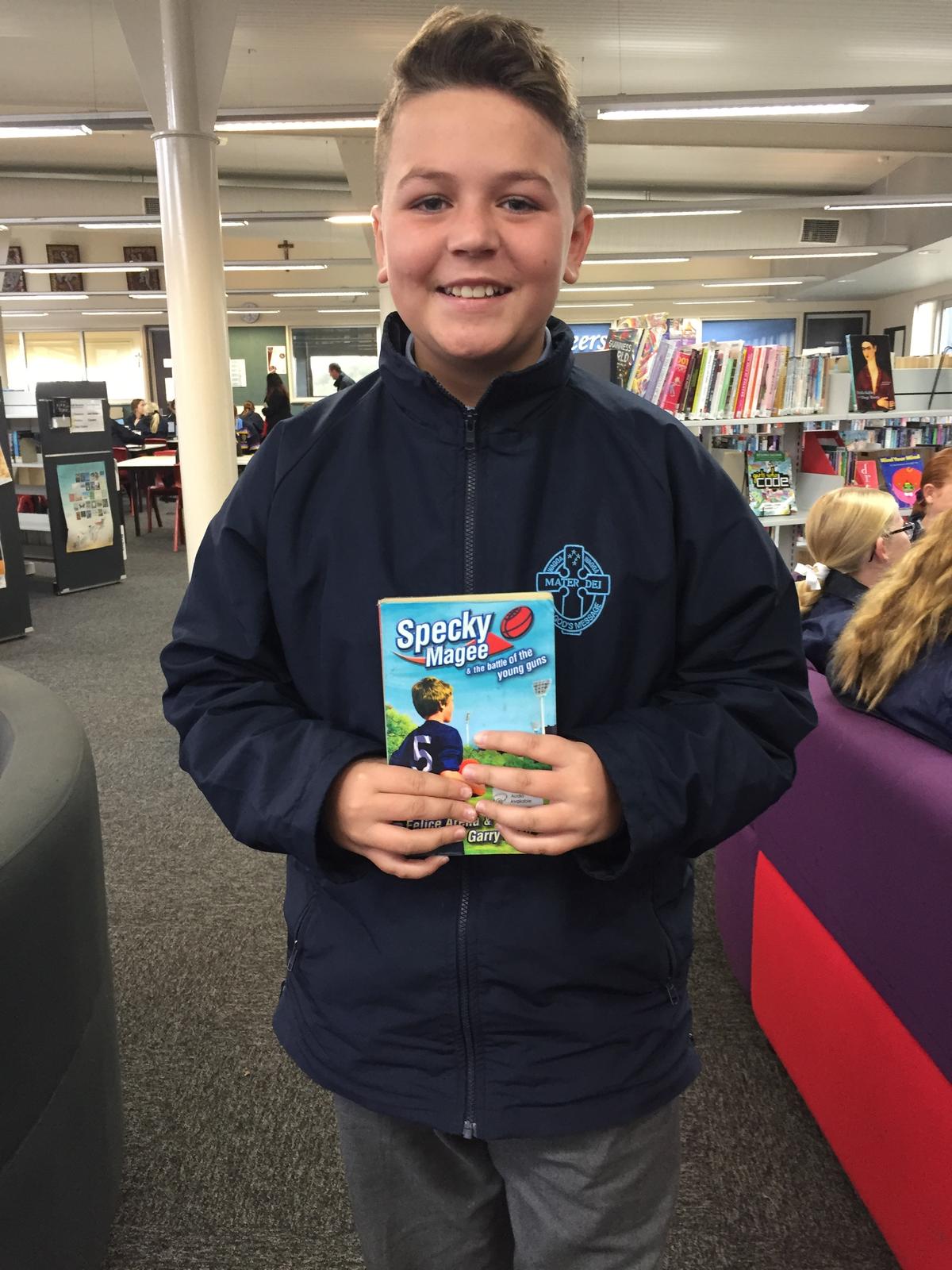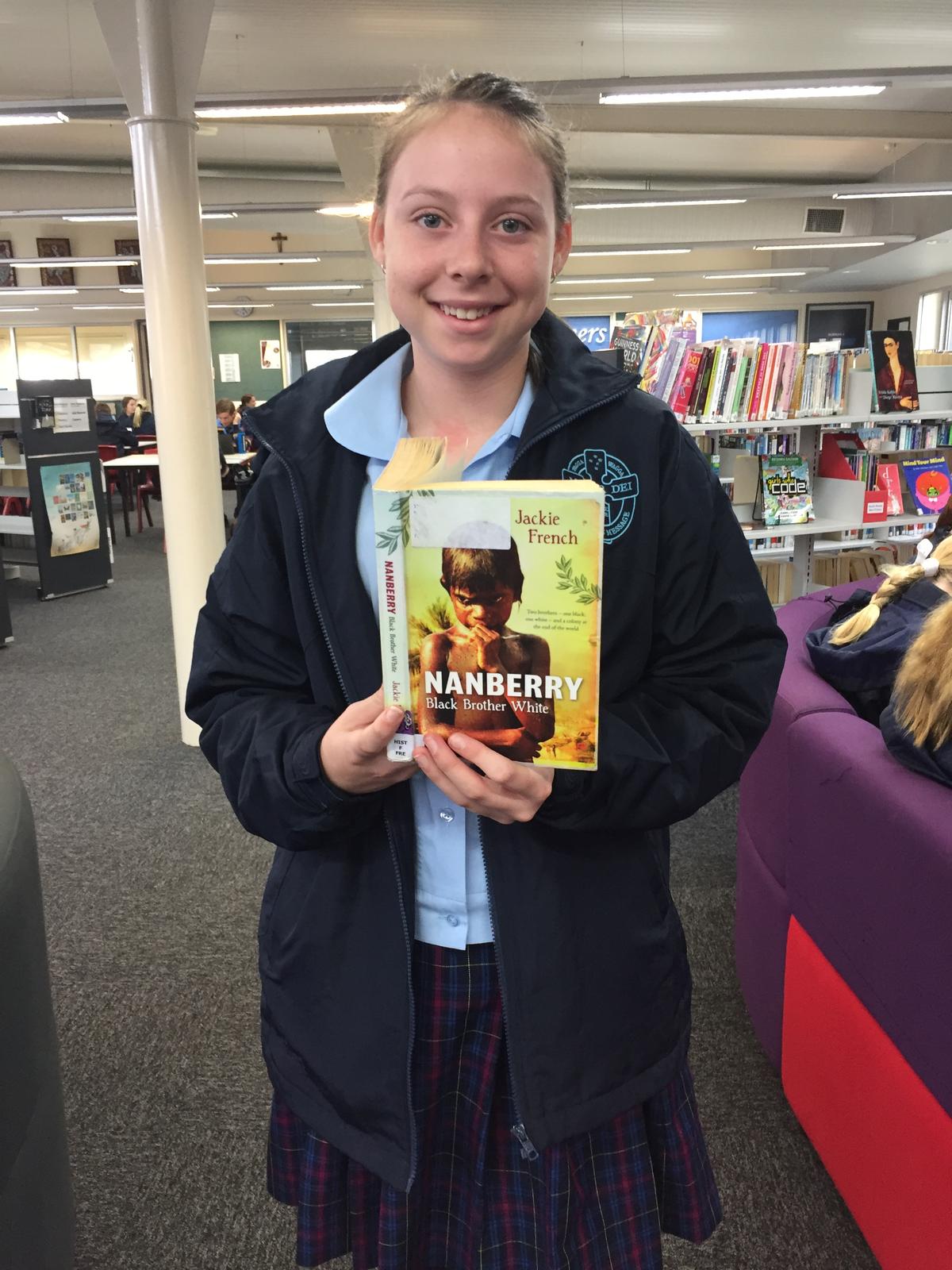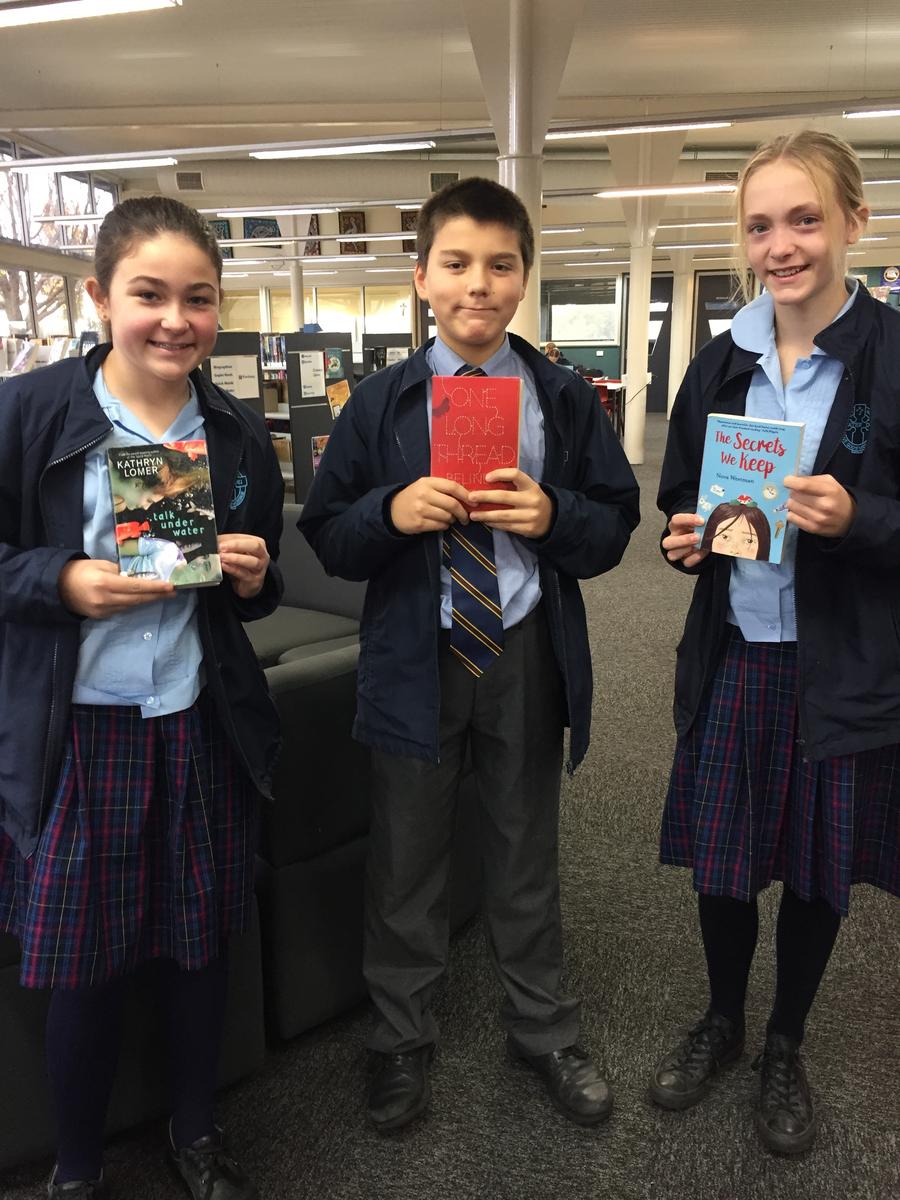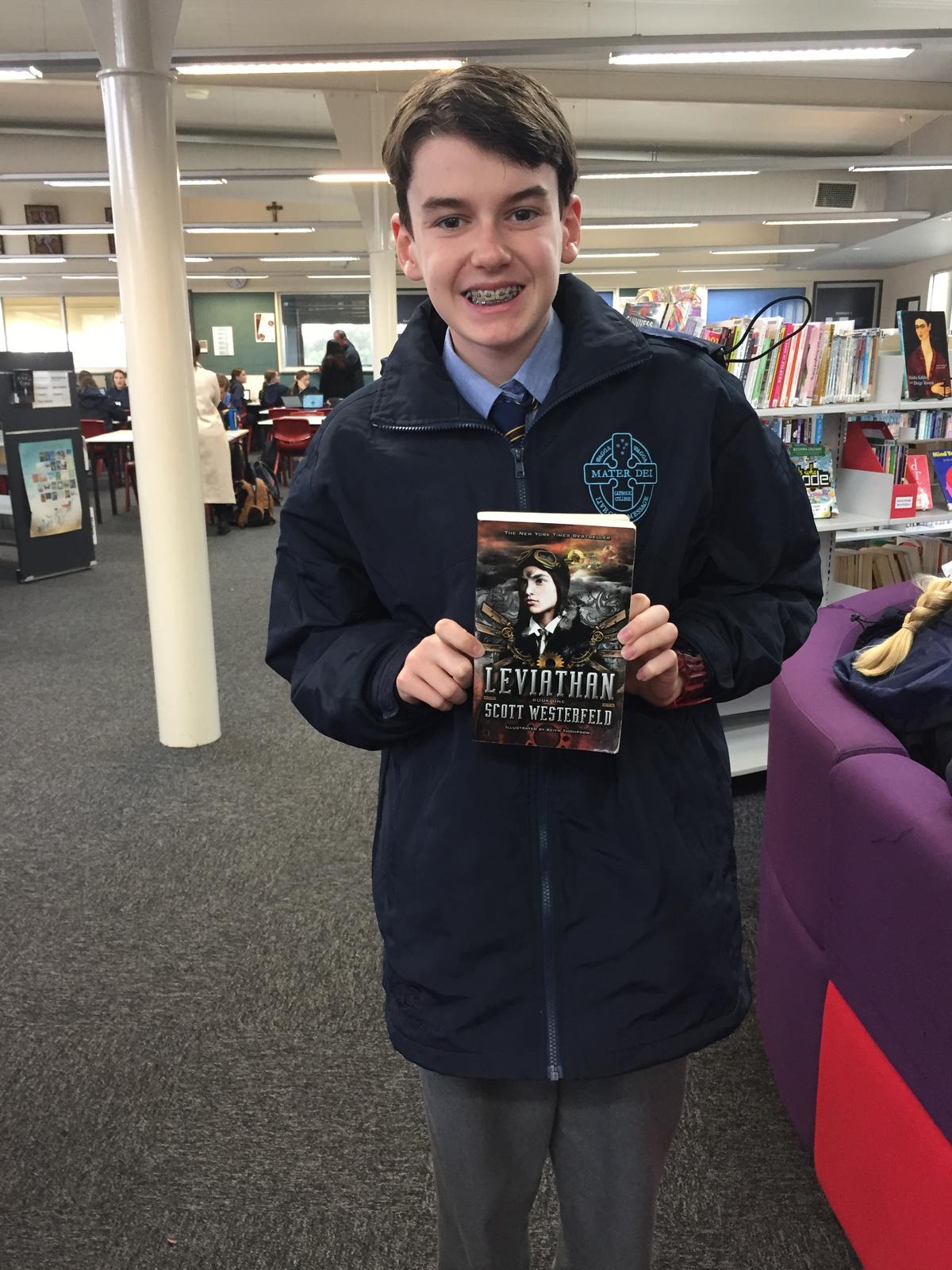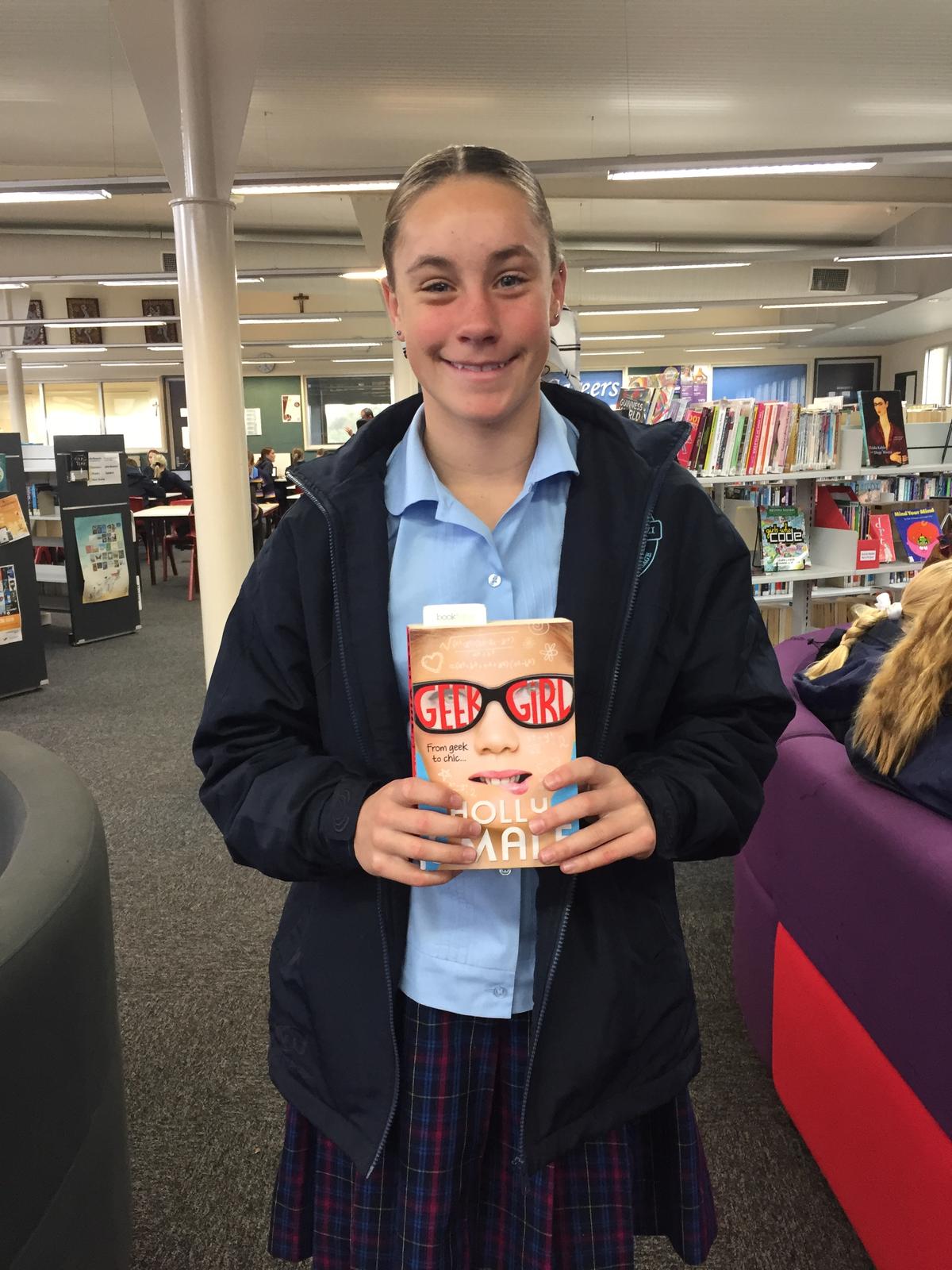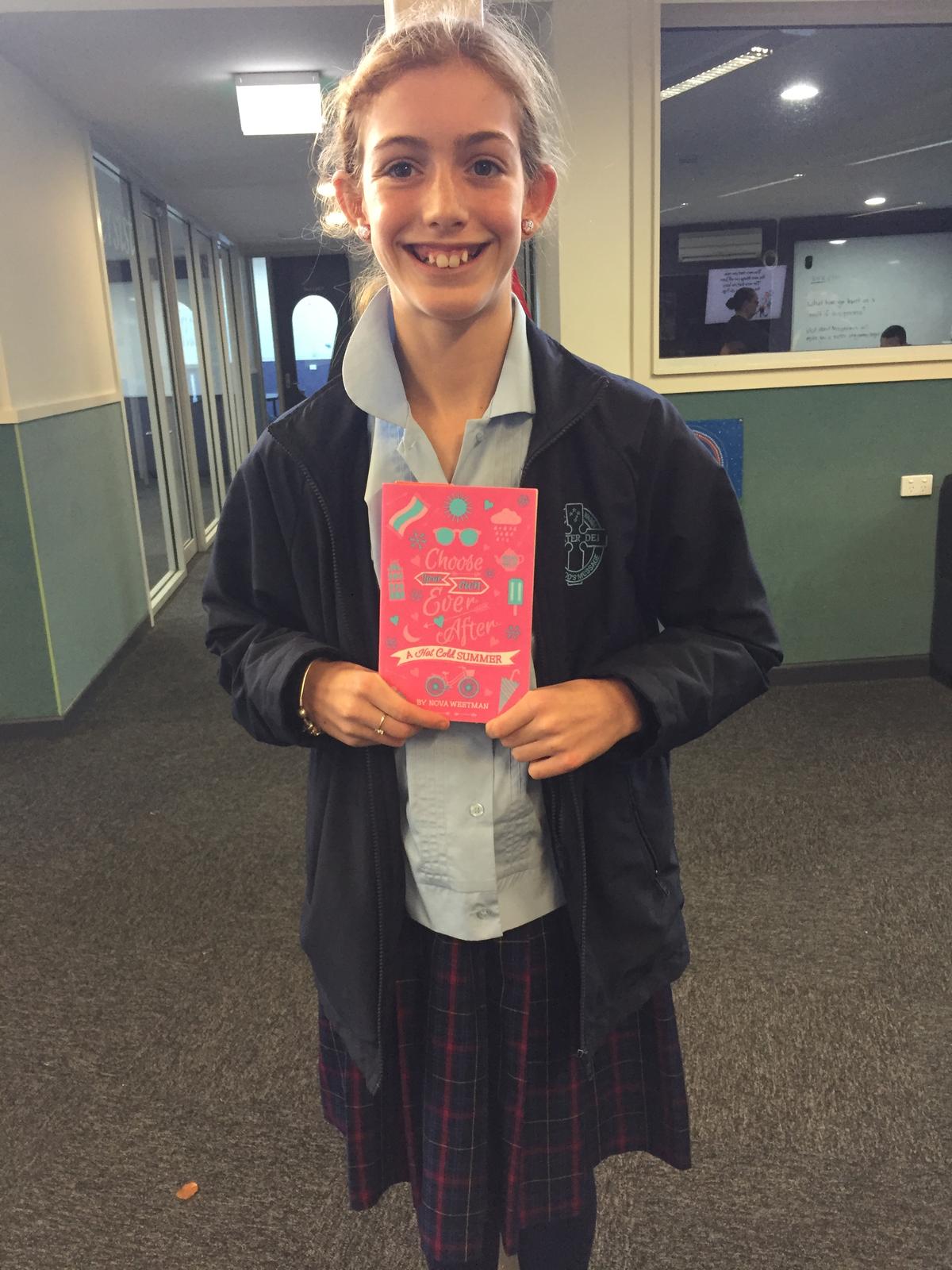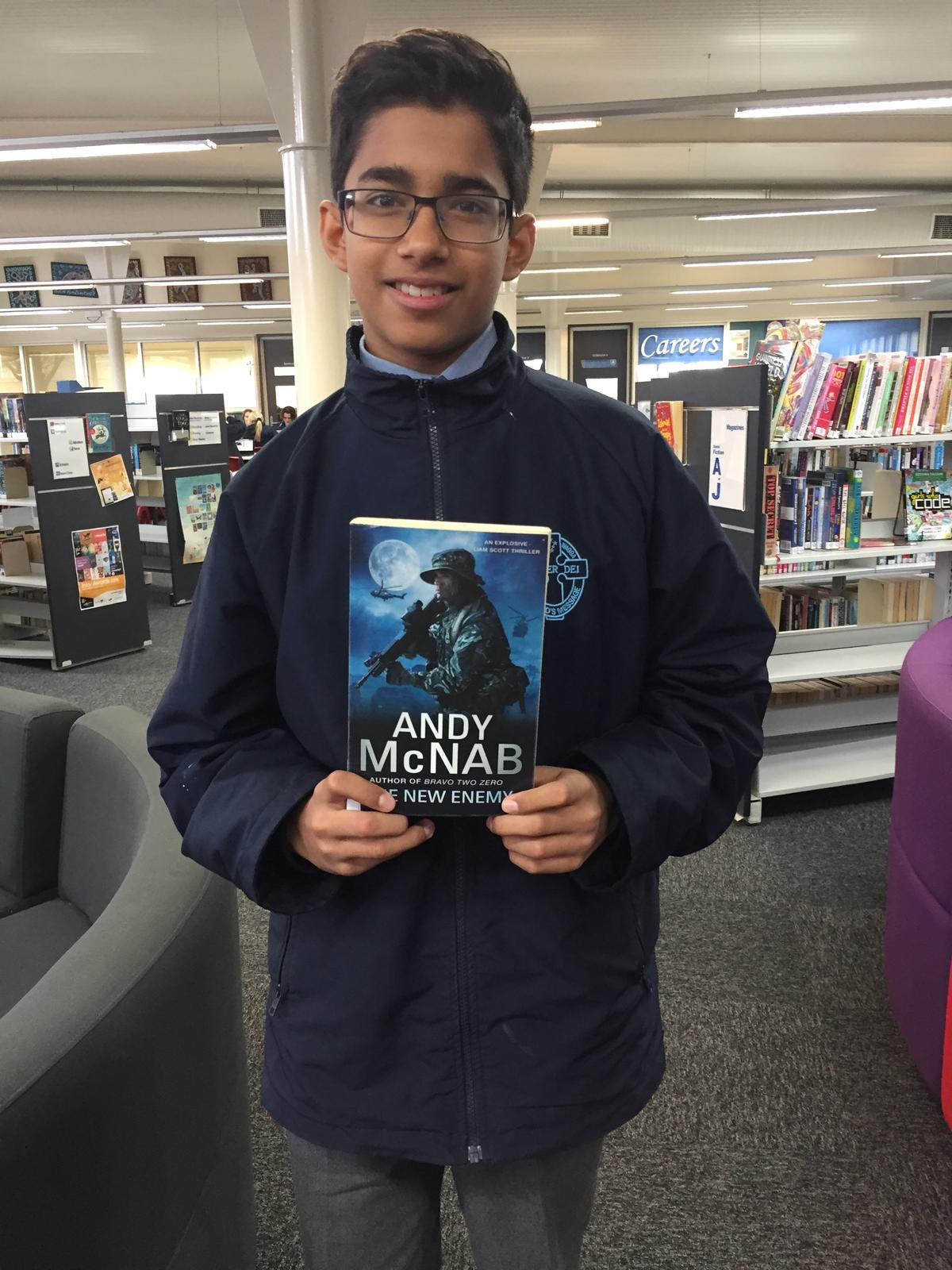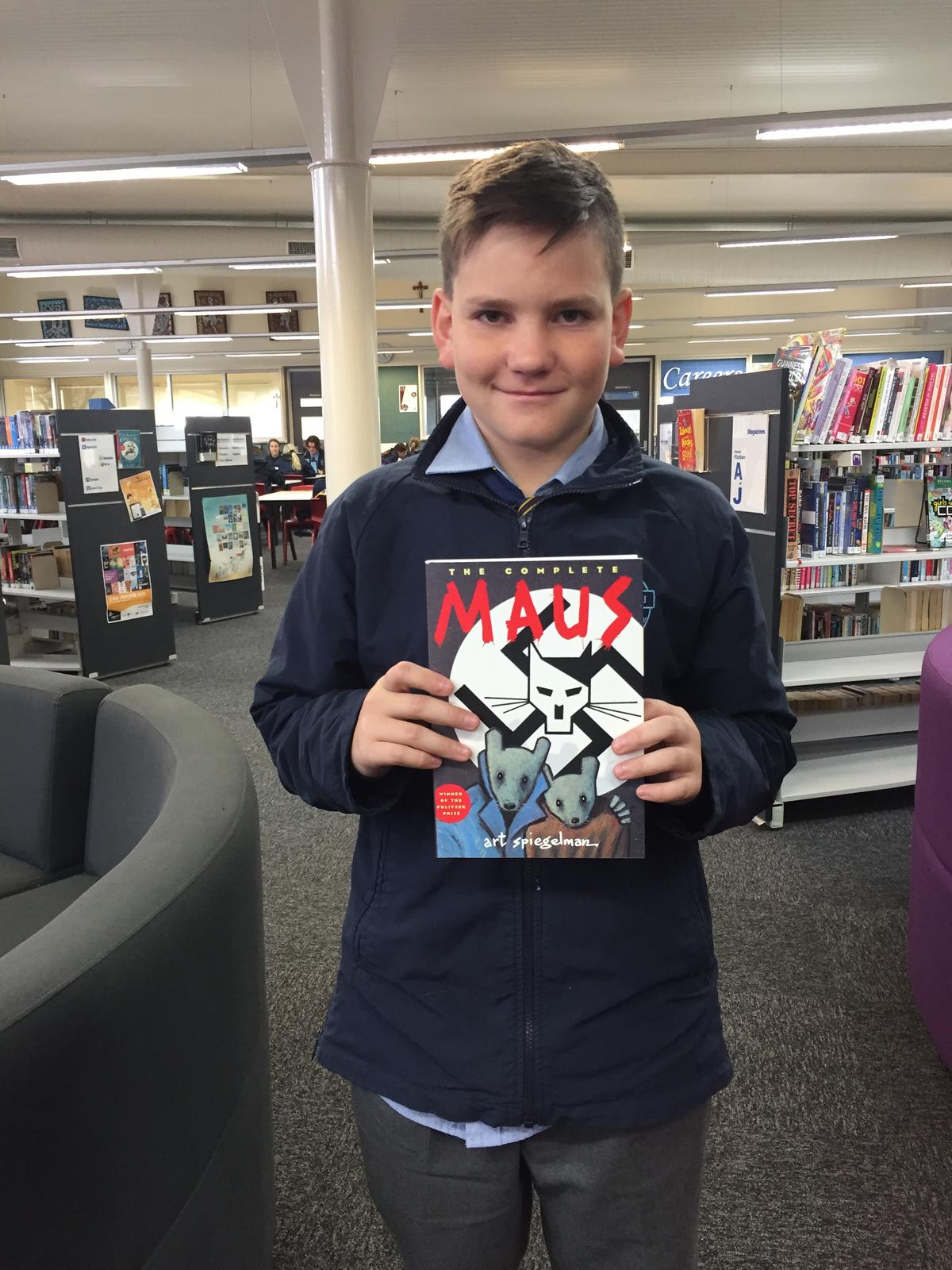English

Pam Allyn’s adage that ‘reading is like breathing in and writing is like breathing out,’ sums up the English KLA of late. Students in Years 8, 9 and 10 have continued their reading program this term, engaging in sustained reading of a class novel with fortnightly ‘Check-ins’ to be completed to demonstrate reading comprehension. Much classroom learning has focused on applying the language and structures learnt from reading to students’ own narrative, rhetorical and poetic writing.
~What Year 7 are Reading~
Some excerpts from Year 12’s narratives appear below:
Students demonstrated their understanding of T.S Eliot’s poetry in their own narrative form, accompanied by a reflection analysing their writing choices. Among other things, students experimented with motif, pathetic fallacy, shifts in tense and narrative perspective, figurative language, allusion and symbolism.
Narrative excerpt:
"Marney lifted her arm to call a waitress over, knocking a salt shaker onto its side, and Beth’s memory was set smarting like a reopened wound. The round shaker began to roll. Like a loose balloon along a breezy beach. Slowly at first, but becoming erratic. It was wobbling and continued to wobble as it gained speed, making metronomic clunks while it ran along the slats of the table, as a boy’s chasing footsteps would pound on the slats of a wharf".
"The automatic hand could have easily slipped out and grabbed the shaker and prevented disaster. And Beth was watching, but she couldn’t move to stop him from falling off the edge of the table and shattering. Grains of salt splashed up from the ground and all the heads turned to look at the mess. No one sprinted to the scene, like they had sprinted to the lone balloon atop the water".
Reflection on the same piece:
TS Eliot’s tendency to blur chronological lines in Prufrock has inspired the structure of this narrative and its use of flashback and merger, “For I have known them all already, known them all-”. While the things that he has ‘known’ are events of the future, Prufrock has experienced them in his head, so believing he has already ‘known’ them and creating what Gertrude Stein called the ‘continuous present’. In Prufrock, time fluctuates between past, present and future and the reader is given the impression that Prufrock is unable to live successfully in the present.
Like Prufrock is bound by the memory of the past, so is Beth, who is paralysed to take any action to stop the salt from spilling just as she was unable to prevent the boy from drowning…..
…..The climax is littered with similes to connect the two situations, however there are times when this distance between the two events is bridged as Beth experiences them simultaneously, seen in the use of pronoun to merge the object with the boy, “she couldn’t move quick enough to stop him from falling off the edge of the table and shattering”. It is in the merger of the past and present that we experience the impact that memory has on character and better understand the ‘continuous present’.
Using the motif of the wind as an objective correlative to the staunch youthfulness of an elderly character:
…. It was Autumn again, so the breeze was brisk and kind….
… The slight gust of the Saturday opened his hands as he reached out to hold the symphony….
… The wind was rough, but it did not bother him, rather it steadied him, and guided him to his destination. His glasses held firm on his face despite the humming breeze. About halfway into his ritualistic walk, he removed his hands from the coat pockets and allowed the windy rhapsody to run up his arms….
Conveying a sense of the decay of a modern urban lifestyle:
Outside, the fresh snow layered upon the burnt-out ends of cigarette butts and withered leaves that August had left behind
Trees stood scantily on the footpath, waving as people walked past, offering a heightened sensitivity to the promises of life, promises that bled with mistaken hope, soon to fade away with the leaves that fell on the footpath to be trampled by passing feet.
Exploring the discrepancy between the internal character and the exterior they present to the world using allusion:
She smiles, but it doesn’t quite meet her eyes.
He grinned at her, but the grin was no deeper than the skin that felt tight over his cheek bones.
She looked back at him and smiled. He wondered how far that smile went. It looked deep enough, so he wasn’t going to question it.
Mr Shaun Ellis | English KLA Leader


